
In the world of ERASER, audiences in Toronto will have the opportunity to follow one of six students in a new immersive experience as they navigate tricky topics. Audience members will encounter situations that many children struggle with today, ranging from immigration, queer and trans identities, body image issues, death of a loved one, and more. ERASER is directed and choreographed by Bilal Baig and Sadie Epstein-Fine, and the production is also specifically aimed at those around the ages of 11–13.
We spoke to co-creators Bilal Baig and Sadie Epstein-Fine over email about the issues being tackled by the show, what it’s like to design an immersive experience for pre-teens, and more.
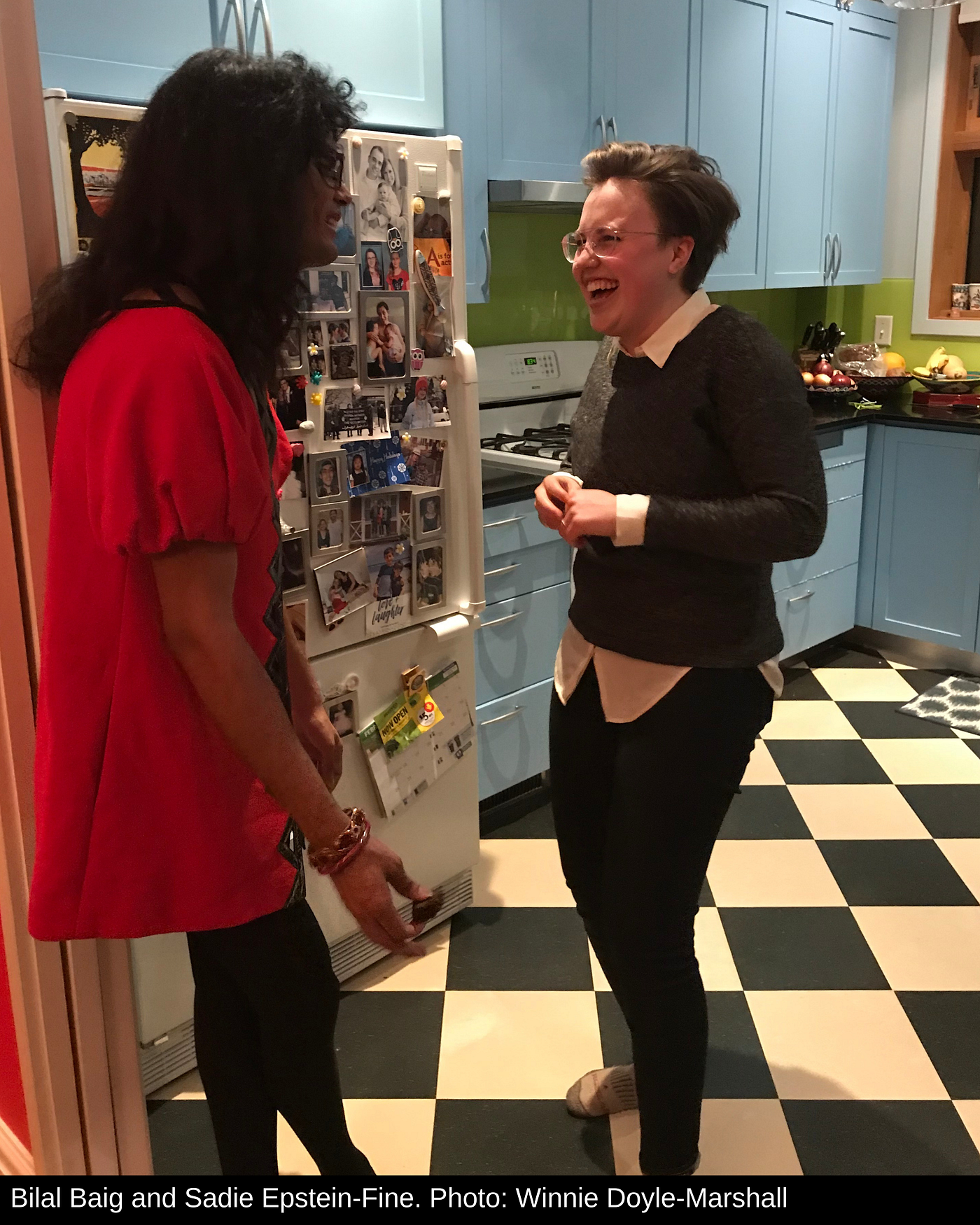
No Proscenium (NP): Can you tell us a little about yourself and your backgrounds?
Bilal Baig (BB): I am a queer-genderqueer-muslim playwright, actor, director and workshop facilitator. My first play, Acha Bacha, had its world premiere at Theatre Passe Muraille in 2018 and has since been translated into French. I am a resident artist at Buddies in Bad Times Theatre and have now worked quite intimately with The AMY Project. I love working with young people, and I get to do that through my theatre work sometimes but mostly through an organization I facilitate story-creation workshops within schools called Story Planet. I have also now began to facilitate anti-Islamophobia workshops in high schools with the Rivers of Hope collective. I think I am constantly trying to investigate how I can continue to contribute to making this world a slightly more empathetic place than when I first entered it.
Currently, I am feeling quite uplifted when I encounter, connect and work with other trans artists — specifically trans feminine folks of colour.
Sadie Epstein-Fine (SEF): I am a second generation queer artist and activist. I was born and raised in Toronto by my two Jewish, lesbian, feminist moms. As a theatre artist I have trained in directing, playwriting, dance, devised theatre, and stage combat and my work is a fusion of that training. I am also a theatre administrator and educator. I have given workshops, directed plays and taught classes in several elementary and high schools over the past 10 years. I currently work at Nightwood Theatre where I am training to become a future artistic leader.
I have been creating immersive, site-specific theatre since 2015 when I was lucky enough to be one of the assistant directors on Brantwood: 1920–2020 at Sheridan College, created by Mitchell Cushman and Julie Tepperman. Since then I have used immersive theatre to create political theatre where performers and audience members can share intimate moments about challenging topics. For example, I created SCAT for the Toronto Fringe about the history of queer and trans people in bathrooms. Audience members got to follow performers into the bathroom as they had experiences such as first love, queer bashing, and discovering a positive HIV status . I also recently published the anthology Spawning Generations: Rants and Reflections on Growing Up with LGBTQ+ Parents. This book gives insight into what it was like to grow up with Queer parents between 1950–2018.
NP: What, in a nutshell, is ERASER about?
SEF: ERASER is about a classroom of students who are all dealing with different challenges. It is about the experience of young people coming together who are all from different backgrounds, have different experiences, and how they try to get along. What about their experiences fuels tension? What fuels connection?
ERASER is ultimately about belonging and figuring out who you want to be in this world.
BB: We explore more specific themes like immigration and displacement, navigating queer and trans identities, what it takes to move through grief, body image issues, anxiety and yes — ultimately: what does it take to feel like you can truly belong somewhere?
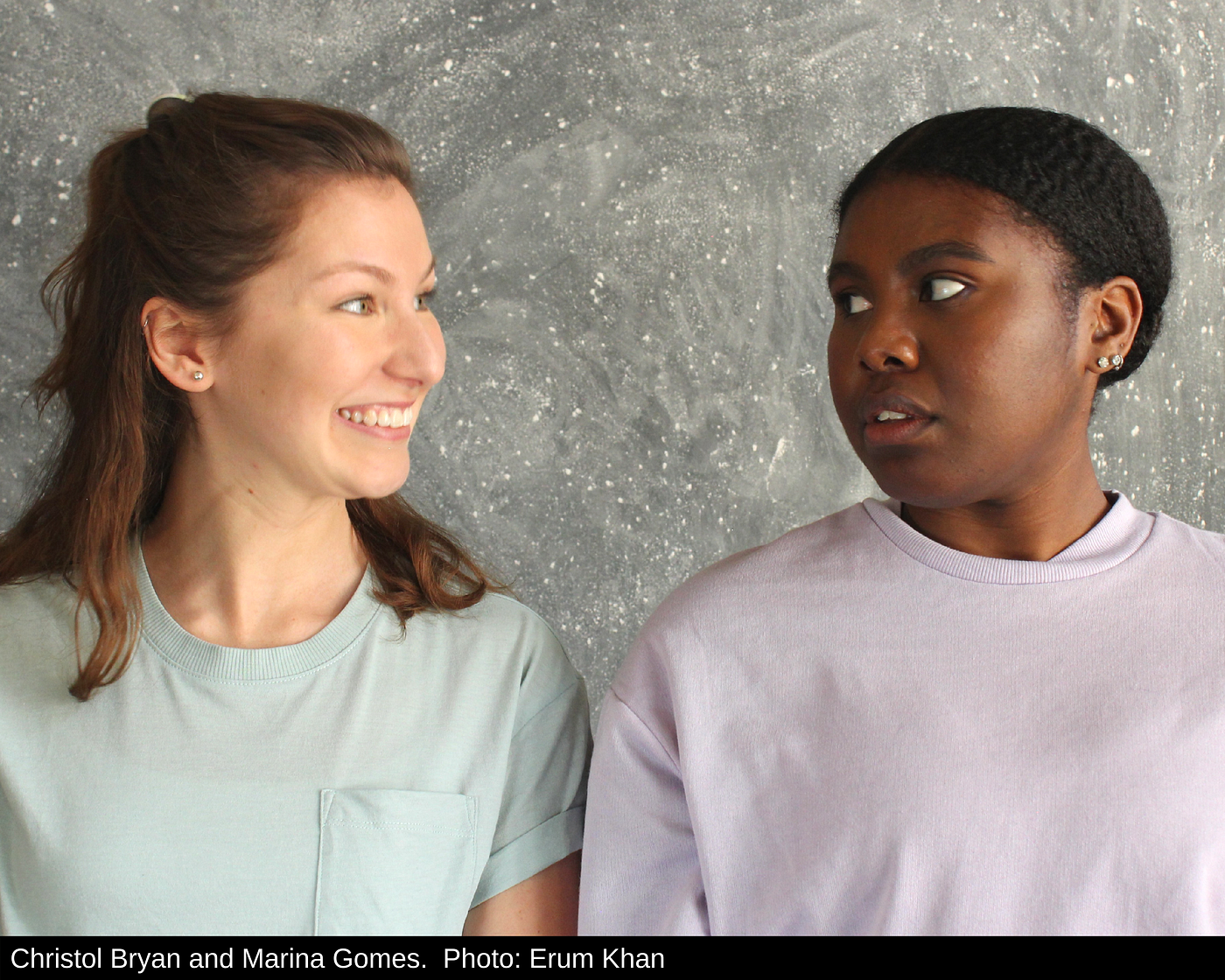
NP: Why did you create this experience? What inspired you to return to the world of childhood to tell this story?
SEF: We talk a lot about what it would have been for us as young people to experience a piece like ERASER. In the show we are not interested in delivering a message or a moral to the story; rather, we want to show real people trying to deal with impossible situations. For example, one of the characters, Noah, is dealing with the recent death of his brother. In this play, Noah experiences the many stages of grief, and ultimately does not reach a conclusion. One of the cast members who went through this experience in real life says that seeing a story like Noah’s would have been a game changer- seeing a person going through grief without having to tie a bow on it at the end.
This play also lives in magic and fantasy, giving the characters the possibility of re-writing their own narratives. One of the scenes that always strikes me in the show is a moment when, in fantasy, one of the characters stands up to the teacher who has been picking on her all year. As a young person I often let things happen to me and I rarely stood up for myself. It would have been a powerful experience for me to see someone in the same situation as me standing up for themselves.
We talk a lot about the “gifts” we are giving young people in this show. Whether that is a beautiful image, a powerful scene, or a moment of play, it is these elements that drive me to keep being rigorous in this process of discovering the stories we are telling and the experience we are sharing with young people.
BB: For me, it’s not so much about returning to childhood in order to create or even experience this show. Because we are so deeply interested in the humans that have been developed by our cast, we are committed to honoring the truth of their realities (and fantasies)! It just so happens you might find these characters at a school dance or in gym class but the questions they are asking and what they are feeling feels resonant to me — even as an adult.
NP: How is the audience incorporated into the work? What kinds of choices can the participants make?
SEF: As the audience walks into the theatre they will be assigned one of the six characters. They will follow this character on their journey throughout the show. The characters are constantly interacting with their audience, whether that is gossiping with them, including them in a game, or inviting them to dance. The choice the audience has is how much they want to participate.
Get Kathryn Yu’s stories in your inbox
Join Medium for free to get updates from this writer.
SubscribeSubscribe
BB: There is also an option to sit in one place throughout the show as an audience and experience the world of the play without moving to follow one specific character. Providing this option is intentional on our end.
NP: How are you designing around audience agency, consent, and safety?
SEF: We talk a lot about consent in the creation of this piece.
Ultimately, we are not interested in forcing audiences into situations they do not want to be a part of or embarrassing them. Rather, we want to create situations audience members feel compelled to participate in. Every time a performer specifically interacts with an audience member they ask for their consent first.
For example, a performer might say, “Do you want to play?” or “Do you want to sit beside me?” If the audience member says “no” they are not made to feel bad. A response to a “no” might be “OK, maybe next time,” or “OK, how about you?” as they move on to another audience member.
In terms of safety, the space will constantly be lit so that audience members can move around without fearing for their safety. For the more physical scenes, the actors are instructing their audiences where they should sit in order for them to remain safe.
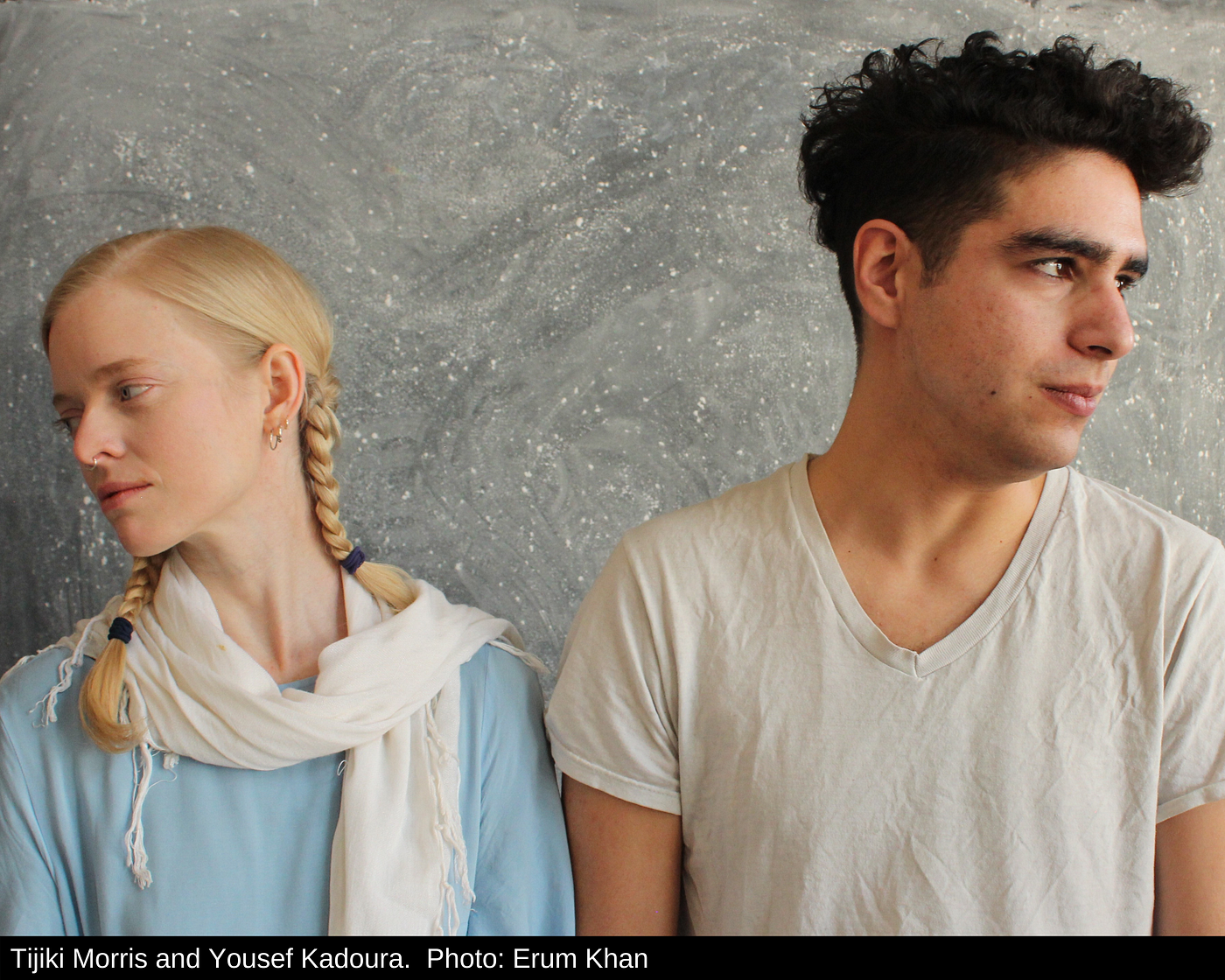
BB: A lot of our work with the actors has been about finding an honest gentleness in approaching your audience and genuinely trying to connect with them and holding no judgment towards someone who may disengage or not want to participate. In order to truly center an audience member’s agency, consent, and safety, we must be incredibly present, sensitive, and compassionate, and these are the qualities we are helping to build among the performers.
NP: What considerations have you taken into account in designing this experience for both adults and young people alike?
SEF: We thought a lot about how to create an immersive experience for a young audience, because no one on our team has experienced this before. Many immersive experiences are “choose your own adventure” but we weren’t sure how well this would work for 11–12 year olds. Because young people are so influenced by their peers we thought that all of them might gravitate towards one or two characters, the ones they deemed most “cool.” This is why we decided to place and divide the audience between the six characters. This way young people have the opportunity to empathize and root for a character they might not otherwise have chosen or related to. It also means that each actor can take care of their audience throughout the show.
The adult audience will have an entirely different experience of this show. For the young people, the action happening in the show is now and present for them, while adults will feel a sense of nostalgia. We have been working hard at finding a middle place with each of the actors between adult and child, so as not to alienate either audience. At the end of the day audiences of all ages can relate to the honest experience of growing up, making mistakes and figuring out how to be decent human beings.
NP: Who is the ideal audience member for this show?
SEF: We are creating this show with 11–13 year olds in mind. Young people at this age are just beginning to make that transition from childhood into adolescence, and we are inspired by the awkwardness and vulnerability which that transitions brings.
BB: I also think anyone who can connect to feeling othered because of the way their body looks or because of who they are in general, may take away something really special from this show.
NP: What do you hope participants take away from the experience?
BB: I think the greatest gift we are offering our audiences is the possibility to dream of the world that you want to live in, and the choice to work towards making that dream world come true, or to continue to imagine what that could feel like and hold onto that feeling. All of that and more is welcome in experiencing this show.
SEF: Gosh, so many things. I hope that young people who haven’t seen themselves represented on stage or in the media before feel themselves reflected and know that their experiences are important. I also hope that this show makes those same young people realize that they can be artists if they want to be.
Another thing I hope young people take away is the power they have to rewrite their own narratives. Our greatest wish is that, if only for one hour, young people feel a sense of hope of what is possible.

ERASER runs May 7–14 at The Theatre Centre in Toronto. Tickets are structured in pay-what-you-can-afford tiers of $12 to $60.
NoPro is a labor of love made possible by our generous Patreon backers. Join them today!
In addition to the No Proscenium web site, our podcast, and our newsletters, you can find NoPro on Twitter, Facebook, YouTube, Instagram, in the Facebook community Everything Immersive, and on our Slack forum.
Office facilities provided by Thymele Arts, in Los Angeles, CA.








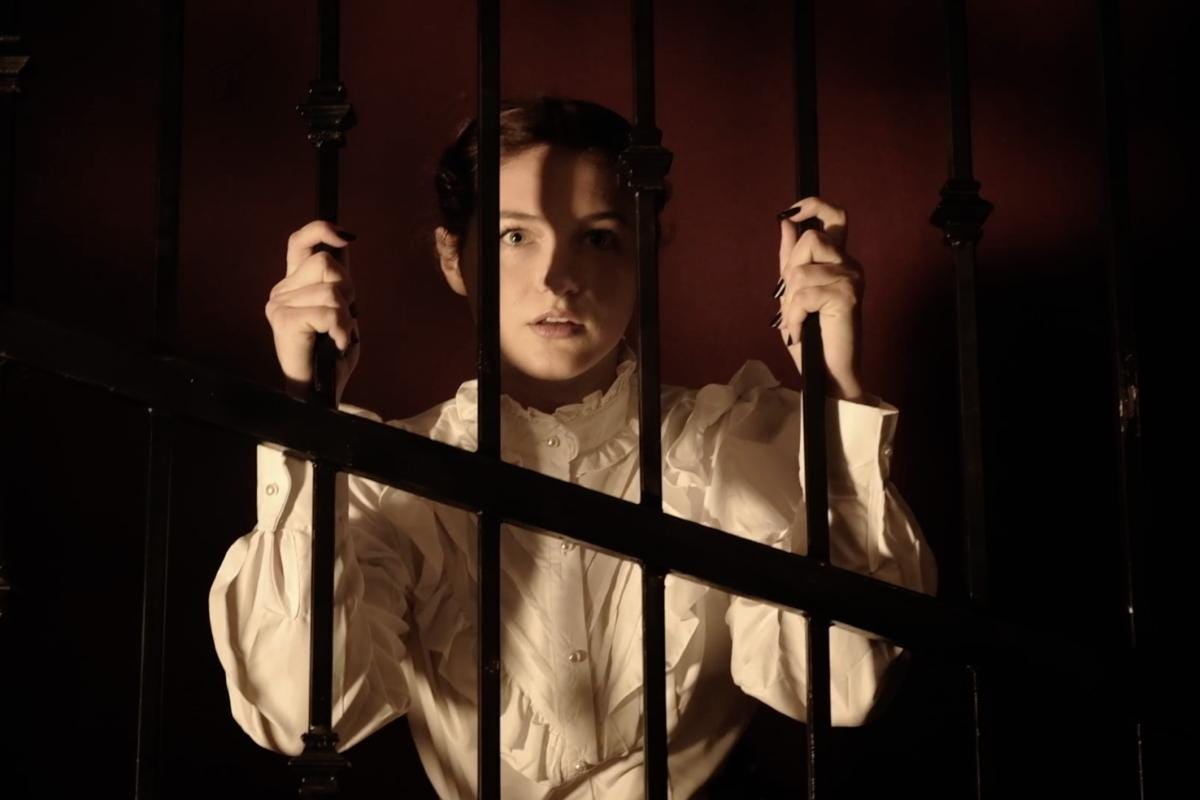





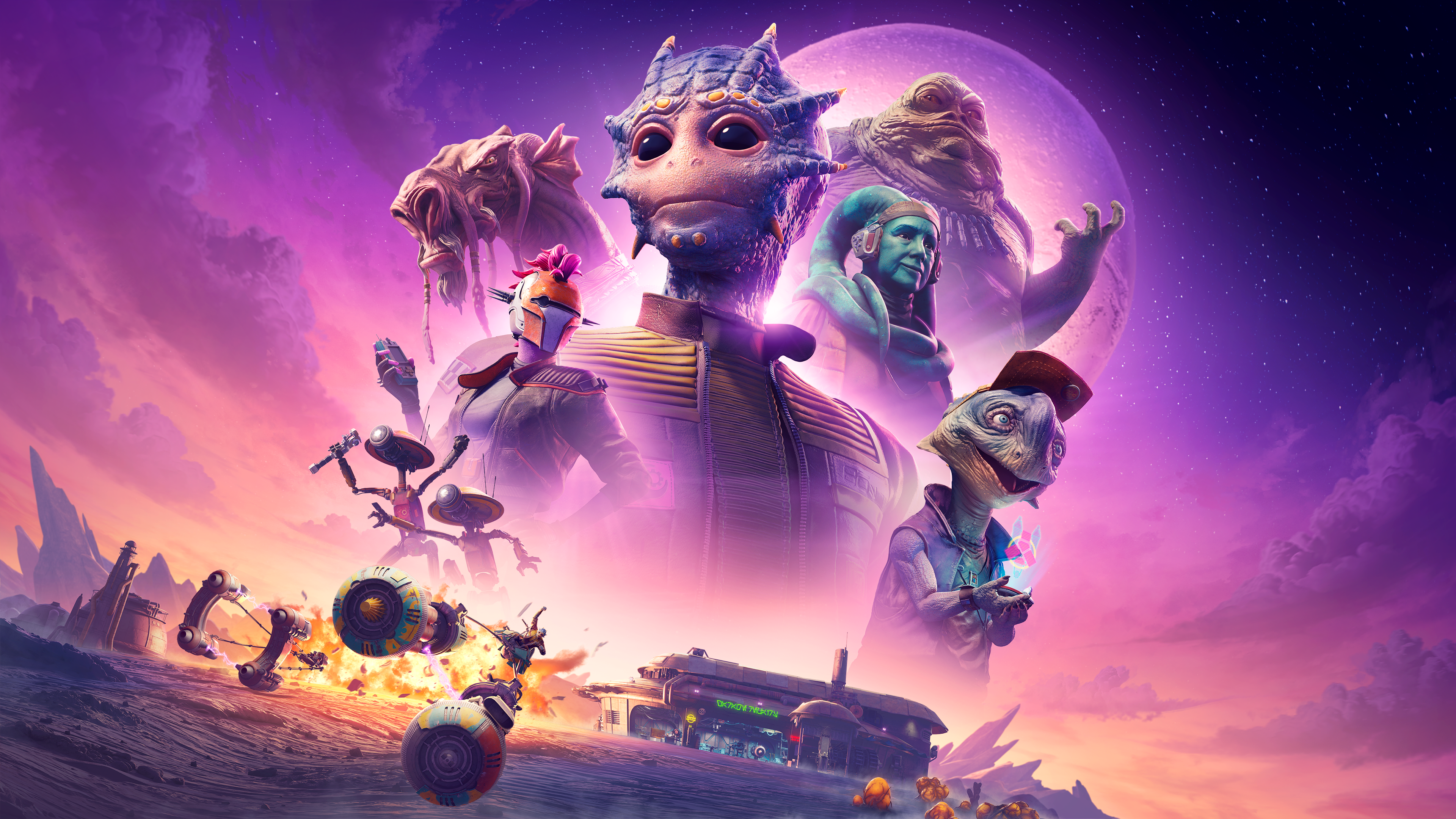
Discussion